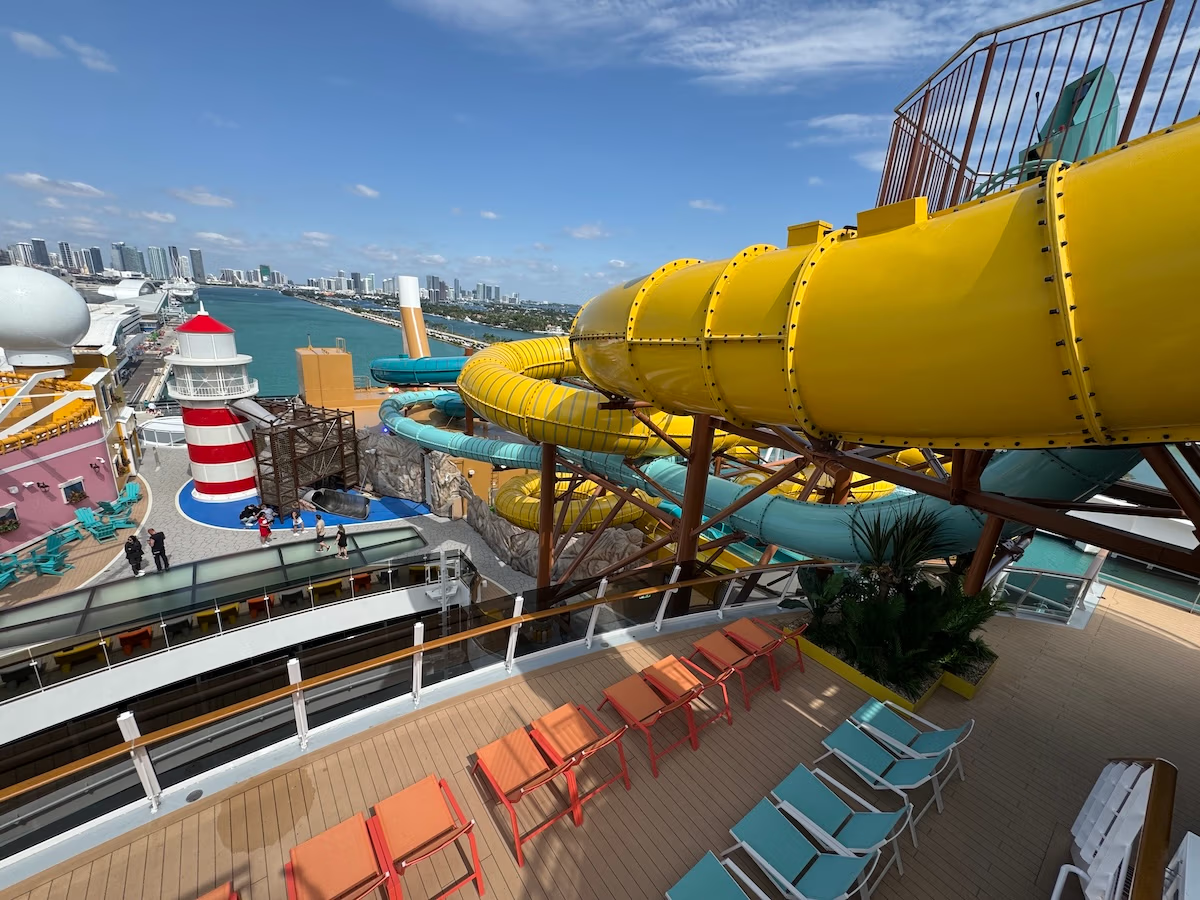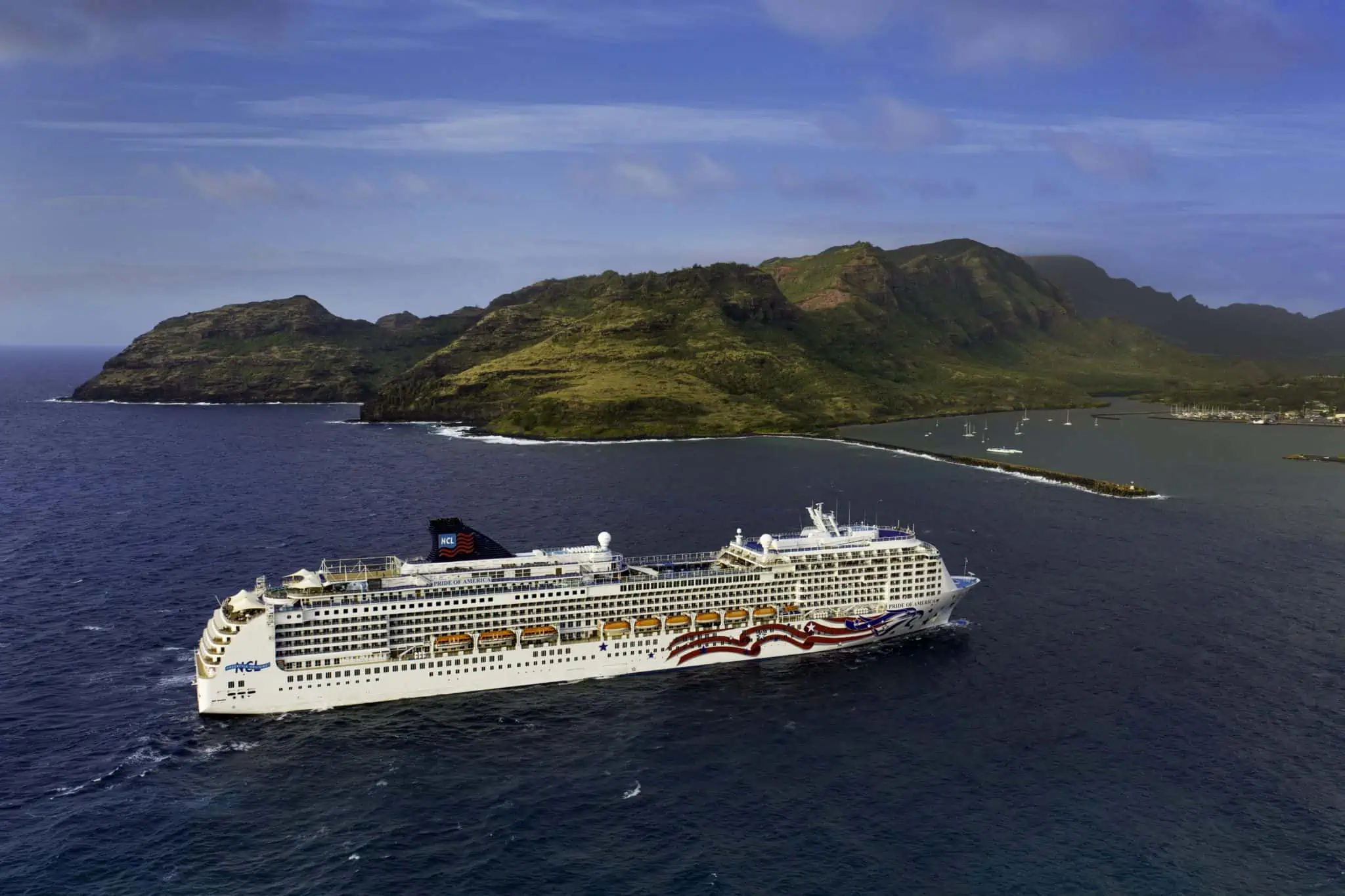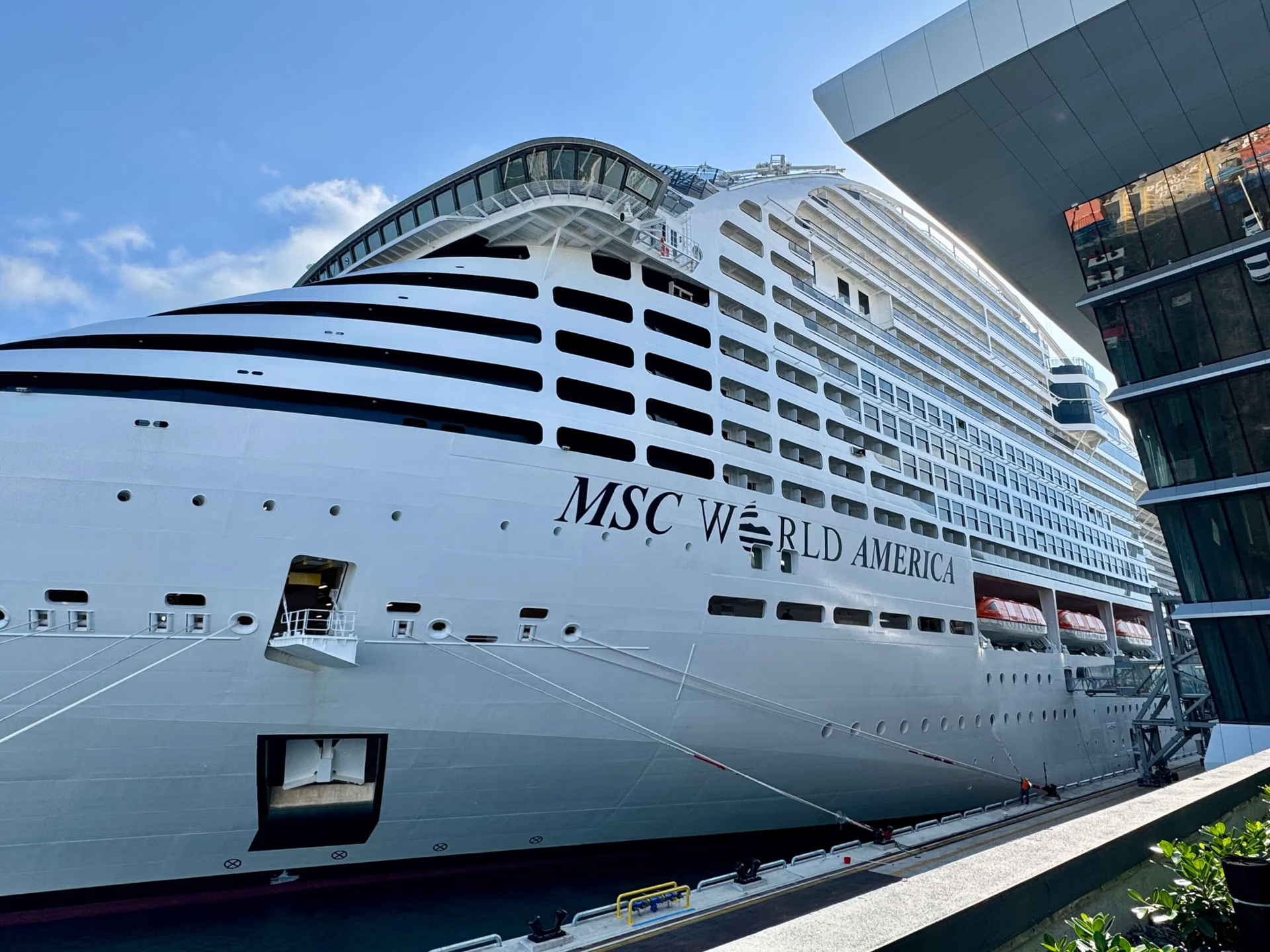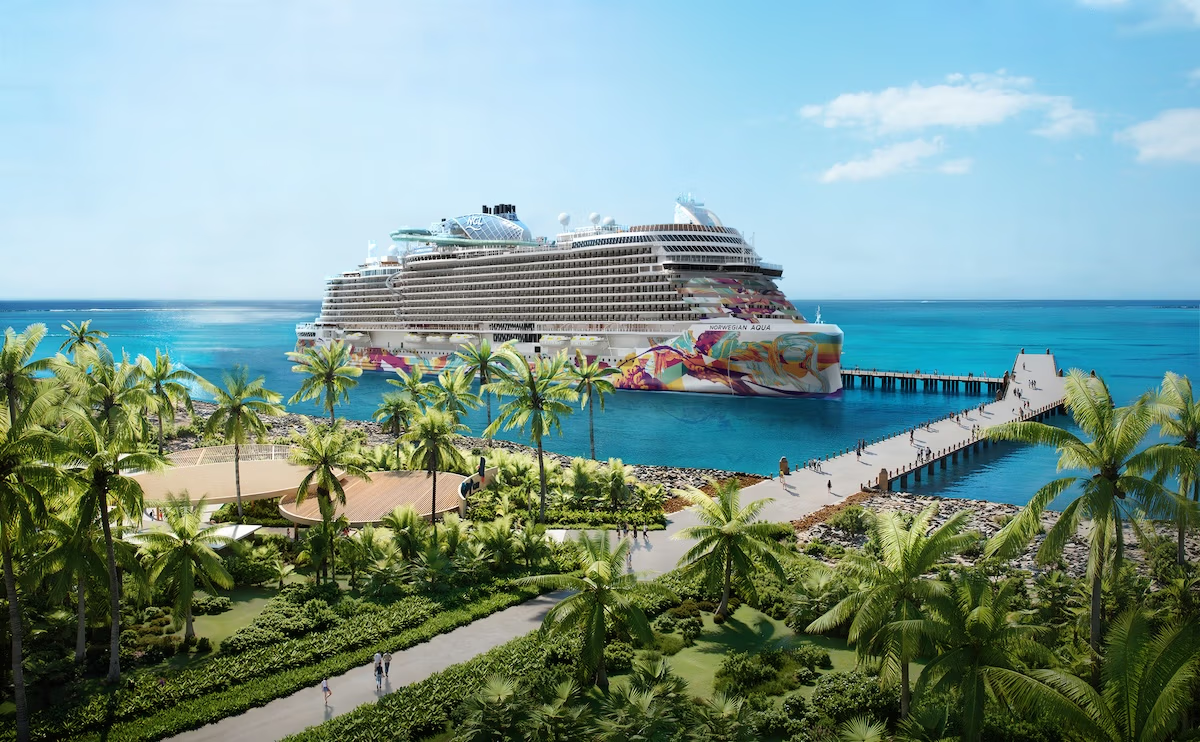Planning a cruise to Europe? Whether visiting Barcelona, Florence, or Dubrovnik, these European cruise tips will ensure you make the most of your journey.
1. Protect and Photocopy Your Documents

When traveling internationally, your passport is your most valuable possession. Pickpockets are always looking for distracted travelers in busy ports like Civitavecchia, Rome’s gateway, or Barcelona, known for its bustling tourist areas.
To safeguard your documents:
Photocopy important documents: Keep physical and digital copies of your passport, travel insurance, visa, and other important papers. Store these copies separately from the originals and save digital versions in cloud storage. If your passport gets stolen, having a copy can expedite the process at the embassy.
Invest in a secure document holder: Look for anti-theft travel wallets or money belts that can be worn discreetly under your clothing. These will keep your passport, ID, and credit cards close to your body, reducing the risk of theft.
2. Wear Pickpocket-Proof Clothing

Pickpocketing is a real concern in major European cities like Barcelona, Rome, and Naples, where thieves often target tourists. To better protect yourself:
- Opt for anti-theft clothing: Many travel brands offer clothing designed with security in mind. Pants, jackets, and bags with hidden pockets, lockable zippers, and slash-proof fabric can deter thieves.
- Consider using RFID-blocking accessories: Some thieves use electronic devices to steal credit card information without ever touching your wallet. RFID-blocking wallets or pouches can help prevent this type of identity theft.
- Be mindful of how you carry bags: Wearing a backpack on your chest in crowded areas or using cross-body bags with lockable zippers can add another layer of security.
If you are wearing a backpack, consider wearing it on your chest when walking through large crowds.
3. Buy a Wi-Fi Plan
Here’s a quick (estimated) comparison of Wi-Fi packages:
| Cruise Line | Basic Plan (per day) | Premium Plan (per day) |
|---|---|---|
| Royal Caribbean | $15 | $20 |
| MSC Cruises | $12 | $19 |
| Carnival Cruise Line | $10 | $15 |
Stay connected during your cruise. Most cruise lines, like Royal Caribbean, offer affordable Wi-Fi packages, perfect for sharing your experience from the top deck or while dining on local cuisine in the Greek islands.
You can purchase an international data package if you feel comfortable using your phone in Europe. Just ensure you select the appropriate package and keep your phone in airplane mode while on the cruise ship.
4. Inform Your Bank of Your Travel Plans

Notify your bank before traveling, especially if your cruise itinerary includes multiple destinations like Italy, Croatia, and Israel. This prevents your card from being blocked for suspicious activity. These days, it can be as simple as adding it to your banking app.
Read More: 21 Tips for First-Time Cruisers
You do not want to be locked out of your funds thousands of miles from home.
This happened to me when I bought dinner at the Charlotte airport and a cappuccino when I landed in Venice 10 hours later. The bank saw this as suspicious and locked my account.
5. Research Ports Ahead of Time
Most European ports dock in a cargo area that requires a shuttle or excursion. Some ports of call, such as Livorno for Florence or Civitavecchia for Rome, require transportation or a car rental.

You’ll want to plan because these are unlike most Caribbean ports where you can walk off and find something to do.
You’ll likely need tenders to access the shore for spots like Santorini and Mykonos. Pre-booking shore excursions or third-party tours can help streamline the process.
6. Check the Weather
The best time to cruise Europe varies. April and November can be cooler, while July, June, and August are hot but packed with tourists.
Mediterranean cruises typically have warm weather during September and October, especially in the eastern Mediterranean.
7. Use Cruise Line Transfers
Stick with cruise line transfers for reliability when docking at Naples or Monte Carlo. These transfers also offer peace of mind in bustling areas like Marseille or Palma de Mallorca.
Not to mention, you won’t have a language barrier between you and the cab driver.
8. Download a Translation App

A translator app will be handy if you visit Naples, Cannes, Cyprus, or the Greek islands, especially for ordering local food like tapas in Spain or pizza in Italy.
I downloaded the Google Translate app for the language I’ll use, and it has worked wonders worldwide.
9. Use ATMs on Land, Not on the Ship

Skip onboard ATM fees and use local ATMs in Venice, Dubrovnik, or Greece for better currency exchange rates (if they offer Euro).
However, be cautious and check for card skimmers. I tend to look for a brand-name bank ATM like Citi Bank.
10. Book a Pre/Post-Cruise Stay

For first-time cruisers, consider arriving a day early, especially in cities like London, Barcelona, or Rome, to explore the area and avoid missing your departure port.
This also gives your body time to adjust to the time change. I try to go in two days early and take an evening flight from the East Coast to land in Europe late in the morning.
11. Check Visa Requirements

Depending on your cruise’s itinerary, you may need visas for certain countries, especially if your cruise includes Israel or Turkey.
12. Know Your Cell Phone Plan

International roaming charges can add up. Many passengers purchase local SIM cards or use international plans offered by carriers.
This is especially useful when docked in Spain or France.
13. Understand Currency Exchange
While the Euro is common in Spain and France, countries like Croatia and Turkey have different currencies. ATMs offer better rates than airports or local currency conversion booths.

Euronet ATMs are all over Europe and charge a very high conversion rate, and I’ve seen it at 13 percent in some cities. It’s best to avoid those unless you’re in a pinch.
14. Learn Key Phrases
Even though English is widely spoken in tourist hubs like Capri or Cannes, knowing basic phrases in the local language is a bonus, particularly in less tourist-heavy spots.
It’s always good to address the person with a hello in the local language; some countries consider it offensive if you skip it and go right to the question.
15. Get Travel Insurance

Travel insurance can be a lifesaver, especially when visiting multiple destinations. It covers unexpected cancellations or medical emergencies, which is critical when cruising through Italy, Greece, or Montenegro.
These are just a few European cruise tips that can help you navigate your first time to Europe.

SaveSave
SaveSave






